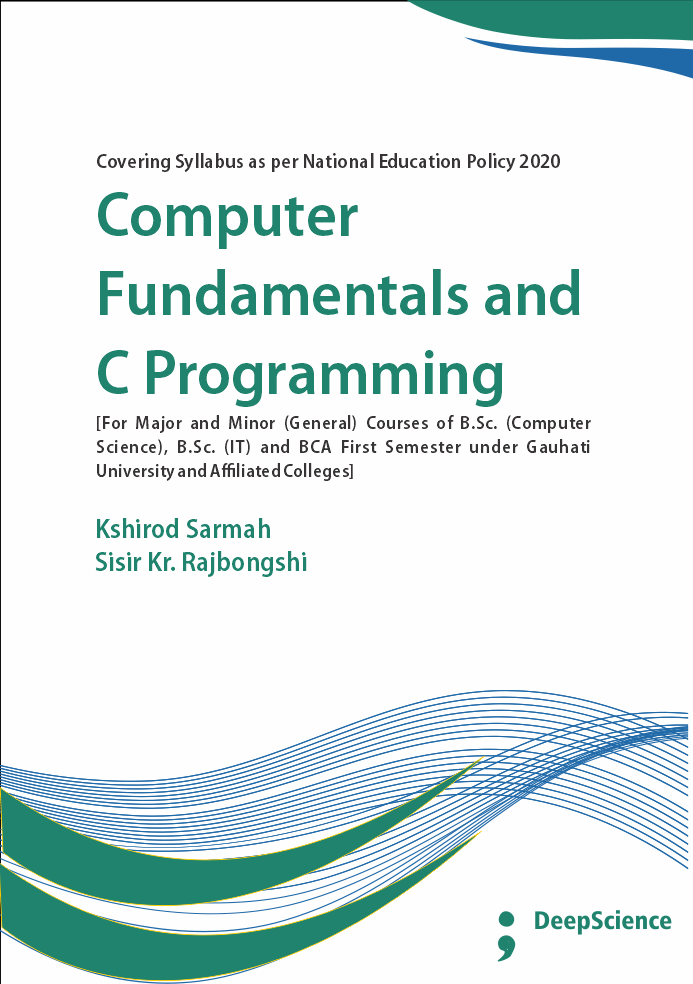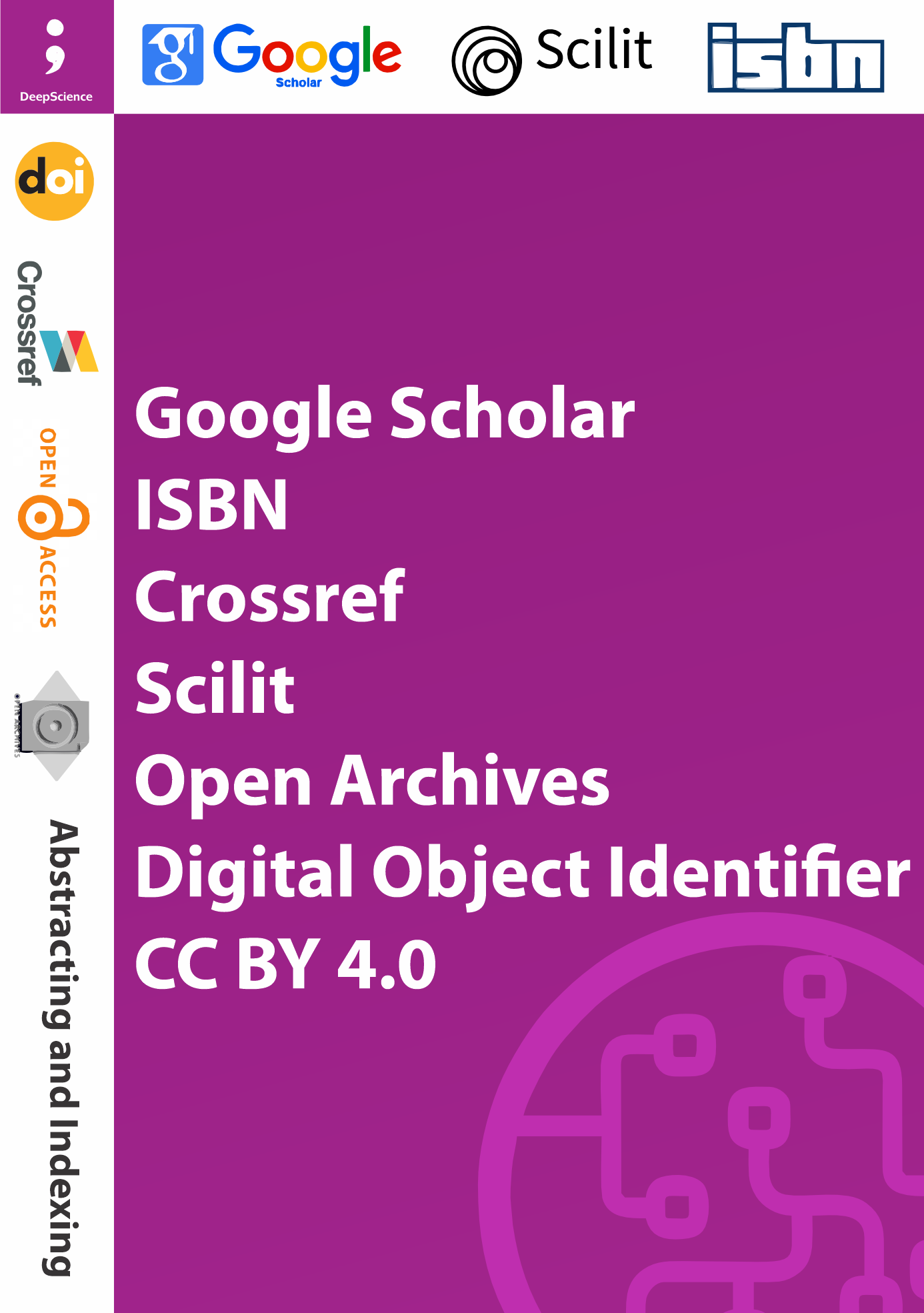Computer Fundamentals and C Programming
Keywords:
C Programming, Algorithms, Data Structures, Computer Networks, Operating System, Database Management System (DBMS), Artificial IntelligenceSynopsis
Welcome to the world of Computer Fundamentals and C Programming. This book is designed to be your comprehensive guide through the foundational concepts of computing and the fundamentals of the C programming language, tailored to meet the requirements outlined in the National Education Policy (NEP) 2020 Syllabus for B.Sc. in Computer Science covering both Major and Minor (General), B.Sc. (IT) and BCA Courses of First Semester under Gauhati University.
In today's digital age, understanding the basics of computer science is essential for individuals across various fields and disciplines. Whether you aspire to become a software developer, data scientist, engineer, or simply wish to harness the power of technology in your daily life, a strong foundation in computer fundamentals and programming is indispensable.
The NEP 2020 emphasizes a holistic and multidisciplinary approach to education, aiming to equip learners with critical thinking skills, problem-solving abilities, and digital literacy. In alignment with these objectives, this book is structured to provide a clear and accessible introduction to the core concepts of computing and programming, with a focus on practical application and hands-on learning.
Starting from the ground up, we begin by demystifying the inner workings of computers, exploring topics such as hardware components, software systems, operating systems, and computer networks. Through clear explanations, illustrations, and real-world examples, readers will develop a solid understanding of how computers function and communicate, laying the groundwork for more advanced studies in computer science and technology.
Building upon this foundation, we delve into the world of programming with a comprehensive introduction to the C programming language. C is renowned for its simplicity, efficiency, and versatility, making it an ideal choice for beginners and professionals alike. From basic syntax and data types to advanced topics such as pointers, arrays, functions, and file handling, each chapter is designed to incrementally build upon previous knowledge, ensuring a smooth and progressive learning experience.
Throughout the book, emphasis is placed on hands-on practice and problem-solving, with numerous examples, exercises, and programming challenges provided to reinforce key concepts and foster critical thinking skills. Additionally, special attention is given to best practices, coding standards, and debugging techniques, empowering readers to write clean, efficient, and maintainable code. Whether you are a student, educator, or self-learner, this book is intended to serve as your companion on the journey to mastering the fundamentals of computer science and programming. With dedication, curiosity, and perseverance, you will unlock the limitless potential of technology and pave the way for a bright and fulfilling future in the digital age.
References
Abelson, H., Sussman, G. J., & Sussman, J. (1996). Structure and interpretation of computer programs (2nd ed.). MIT Press.
Cormen, T. H., Leiserson, C. E., Rivest, R. L., & Stein, C. (2009). Introduction to algorithms (3rd ed.). MIT Press.
Pierce, B. C. (2002). Types and programming languages. MIT Press.
Petzold, C. (2022). Code: The hidden language of computer hardware and software (2nd ed.). Microsoft Press.
Kernighan, B. W., & Ritchie, D. M. (1988). The C programming language (2nd ed.). Prentice Hall.
Schildt, H. (2000). C: The complete reference (4th ed.). McGraw-Hill.
Gill, N. S. (2016). Computing fundamentals and programming in C. Khanna Publishing House.
Bailey, T. (2003). An introduction to the C programming language and software design. University of Sydney. https://www-personal.acfr.usyd.edu.au/tbailey/ctext/ctext.pdf
Valvano, J., & Yerraballi, R. (2015). Chapter 5: Introduction to C programming. In Embedded systems: Real-time interfacing to the MSP432 Microcontroller. University of Texas. https://users.ece.utexas.edu/~valvano/Volume1/E-Book/C5_IntroductionToC.htm
Robins, A., Rountree, J., & Rountree, N. (2003). Learning and teaching programming: A review and discussion. Computer Science Education, 13(2), 137–172. https://doi.org/10.1076/csed.13.2.137.14200














